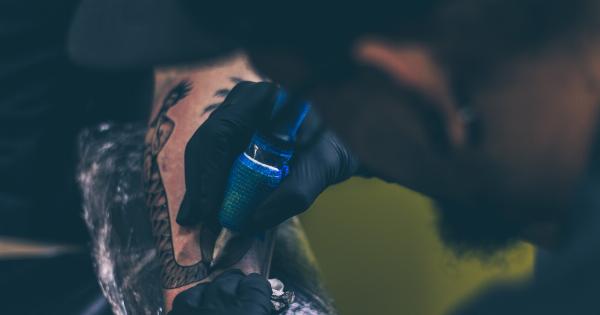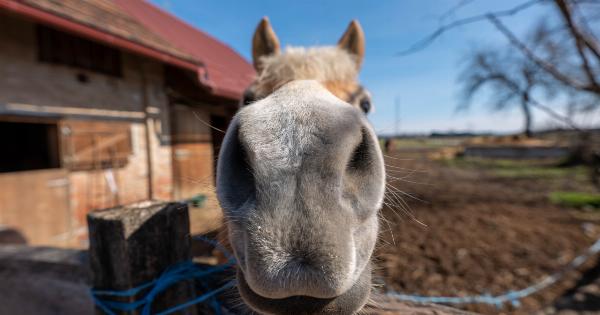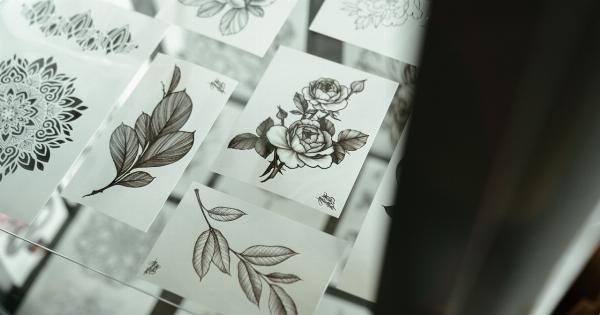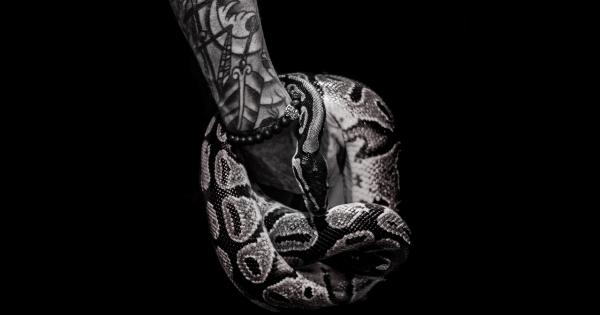When it comes to body modification, there are a plethora of options to choose from. From tattoos to piercings, people have been exploring different ways to express themselves for centuries.
However, one trend that has gained popularity in recent years is nose carving. This extreme form of body modification involves carving intricate designs or patterns into the nose using a sharp instrument.
The History of Nose Carving
While nose carving may seem like a contemporary trend, its roots can be traced back to ancient civilizations. In various cultures, nose carving was practiced as a form of tribal identification, symbolizing social status or religious beliefs.
These carvings were often done using traditional tools and techniques, with skilled artisans creating intricate and visually stunning designs.
The Risks of Nose Carving
While the allure of nose carving may be intriguing to some, it is essential to consider the significant risks associated with this extreme body modification practice.
Pain and Discomfort
Carving into any part of the body is bound to cause pain and discomfort. The nose, in particular, is a sensitive area filled with nerve endings, making nose carving a highly painful procedure.
The process of carving involves making incisions into the skin and tissue, leading to inflammation, swelling, and potential infections.
Infection and Scarring
One of the most significant risks of nose carving is infection. The open wounds created during the carving process expose the body to bacteria and other harmful pathogens, increasing the chances of infection.
Infections can lead to severe complications, such as cellulitis or abscess formation. Additionally, nose carving can cause excessive scarring, which can be permanent and aesthetically displeasing.
Nasal Deformities
Nose carving can result in permanent nasal deformities. The nose is made up of delicate cartilage and bone structures that can easily be damaged during the carving process.
If the carving is done incorrectly or too deeply, it can lead to asymmetry, collapse, or other structural abnormalities. Reconstructive surgery may be required to correct these deformities, which can be costly and potentially have long-term consequences.
Airway Obstruction
Carving into the nose can hinder the normal function of the airways. The nasal passages play a crucial role in breathing, and any disruption to their structure can result in difficulty breathing, snoring, or sleep apnea.
These conditions can significantly impact an individual’s quality of life and overall health.
Bloodborne Diseases
Another risk associated with nose carving is the potential transmission of bloodborne diseases.
If the tools used during the carving process are not properly sterilized or if the procedure is performed by an untrained individual, there is a heightened risk of transmitting diseases such as hepatitis or HIV. It is essential to prioritize safety and ensure that all necessary precautions are taken to prevent such infections.
Psychological Impacts
Nose carving is an extreme form of body modification that can have significant psychological impacts. While some individuals may view it as a way to express themselves, others may experience regret or dissatisfaction after undergoing the procedure.
The permanence of nose carving leaves little room for reversibility, and individuals may struggle with body image issues or social stigmatization.
Legal and Ethical Concerns
Nose carving, like any extreme body modification practice, raises important ethical and legal questions.
In many countries, nose carving may be considered illegal due to the potential health risks involved and the lack of regulation surrounding the procedure. Additionally, some argue that such practices exploit vulnerable individuals who may be seeking acceptance or recognition through extreme body modifications.
Alternatives to Nose Carving
If you are interested in body modification but are hesitant to pursue nose carving, there are several alternative options available:.
- Nose Piercing: Nose piercing is a less invasive and safer option for those looking to modify their noses. It allows for self-expression without the risks associated with carving.
- Henna or Temporary Tattoos: If you are seeking a temporary change, henna or temporary tattoos can be a great alternative. They allow you to experiment with different designs and patterns without any permanent consequences.
- Body Paint or Makeup: Body paint or makeup can be used to create intricate designs on the nose or other parts of the body. This option provides the freedom to change or remove the design as desired.
Conclusion
While nose carving may seem like an enticing form of body modification, the risks far outweigh the potential benefits. From pain and discomfort to permanent deformities and the risk of infections, it is clear that nose carving is not worth the risk.
It is essential to prioritize personal safety and well-being when considering any form of body modification. There are numerous alternatives available that allow for self-expression without compromising your health or appearance.































